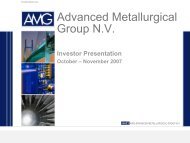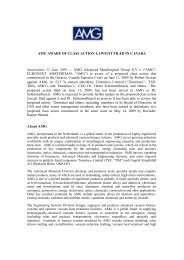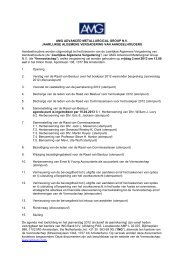Quasi-mono Silicon: The best of both worlds
Quasi-mono Silicon: The best of both worlds
Quasi-mono Silicon: The best of both worlds
Create successful ePaper yourself
Turn your PDF publications into a flip-book with our unique Google optimized e-Paper software.
efforts intensified in 2010 when GT Solar bought Crystal System and brought its<br />
founder, Fred Schmid, on board. Chou noted that, “We have now scaled up to a<br />
level where production can happen in volume.”<br />
Chinese company JA Solar is already producing its Maple quasi-<strong>mono</strong> solar cells in<br />
volume and has reached an average conversion efficiency <strong>of</strong> 18%, which the<br />
company claims is a new record for JA Solar, and they noted it that the industry<br />
standard average conversion efficiency for multi-crystalline solar cells is<br />
approximately 16.8%.<br />
Panorama view <strong>of</strong> Frederick seed plate pilot line for customer demonstrations<br />
With these increases in efficiencies, which are similar to those claimed by GT,<br />
AMG and other quasi-<strong>mono</strong> developers, the interest in the market is<br />
understandable. However, switching to quasi-<strong>mono</strong> is not without challenges,<br />
especially for the large integrated solar cell manufacturers. “When you grow a<br />
quasi-<strong>mono</strong> ingot, it will be <strong>mono</strong>crystalline at the base and in the centre, but at<br />
the sides it exhibits multi-crystalline properties,” explains PV Consulting’s Nigel<br />
Mason. “When the ingot is cut into bricks you can end up with two, or sometimes<br />
three, types <strong>of</strong> crystal structure; <strong>mono</strong>, multi and a mix <strong>of</strong> the two. Cell<br />
manufacturers then have to decide how <strong>best</strong> to process these wafers. If their<br />
production line is set up to etch multi-crystalline wafers, then it will not be the<br />
optimum for <strong>mono</strong>crystalline wafers and some <strong>of</strong> the cell efficiency gain from the<br />
casting process could be lost.”<br />
But for companies that supply wafers to the solar industry, the figures speak for<br />
themselves. With a relatively small investment to retr<strong>of</strong>it their current furnaces<br />
they can manufacture wafers closer in performance to conventional CZ<br />
<strong>mono</strong>crystalline wafers at a cost close to multi-crystalline wafers. Roger Clark<br />
explains: “<strong>The</strong>re are no industry-accepted standards, so cost comparison is<br />
difficult, but we estimate that, with a polysilicon feedstock price <strong>of</strong> $30/kg, our<br />
customers can achieve a savings <strong>of</strong> $0.45/wafer which equates to $0.11/W when<br />
compared with conventional <strong>mono</strong> wafers <strong>of</strong> a similar conversion efficiency.”<br />
Reprinted from







